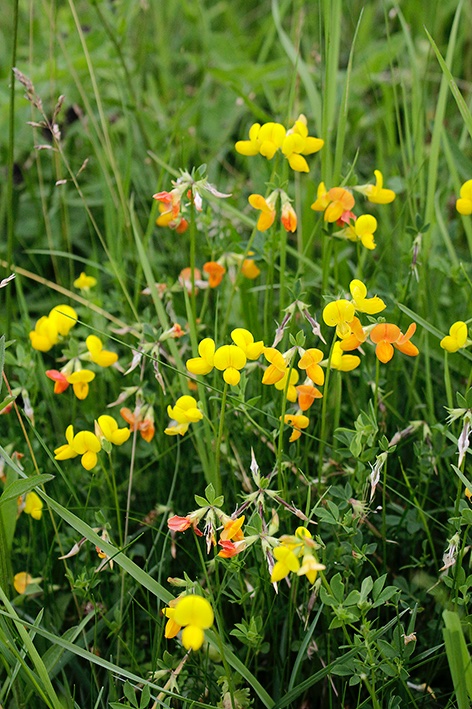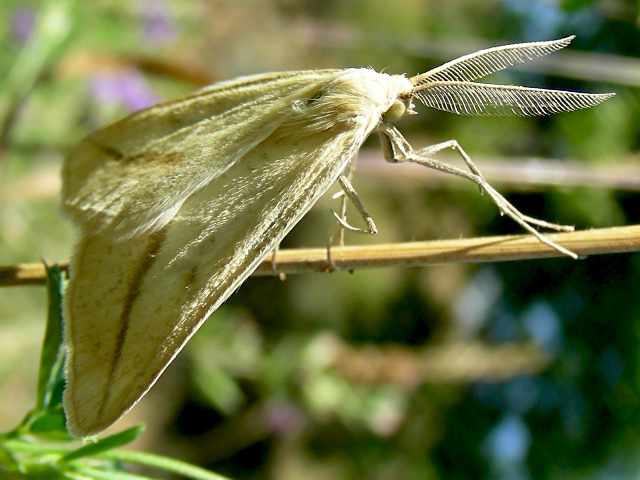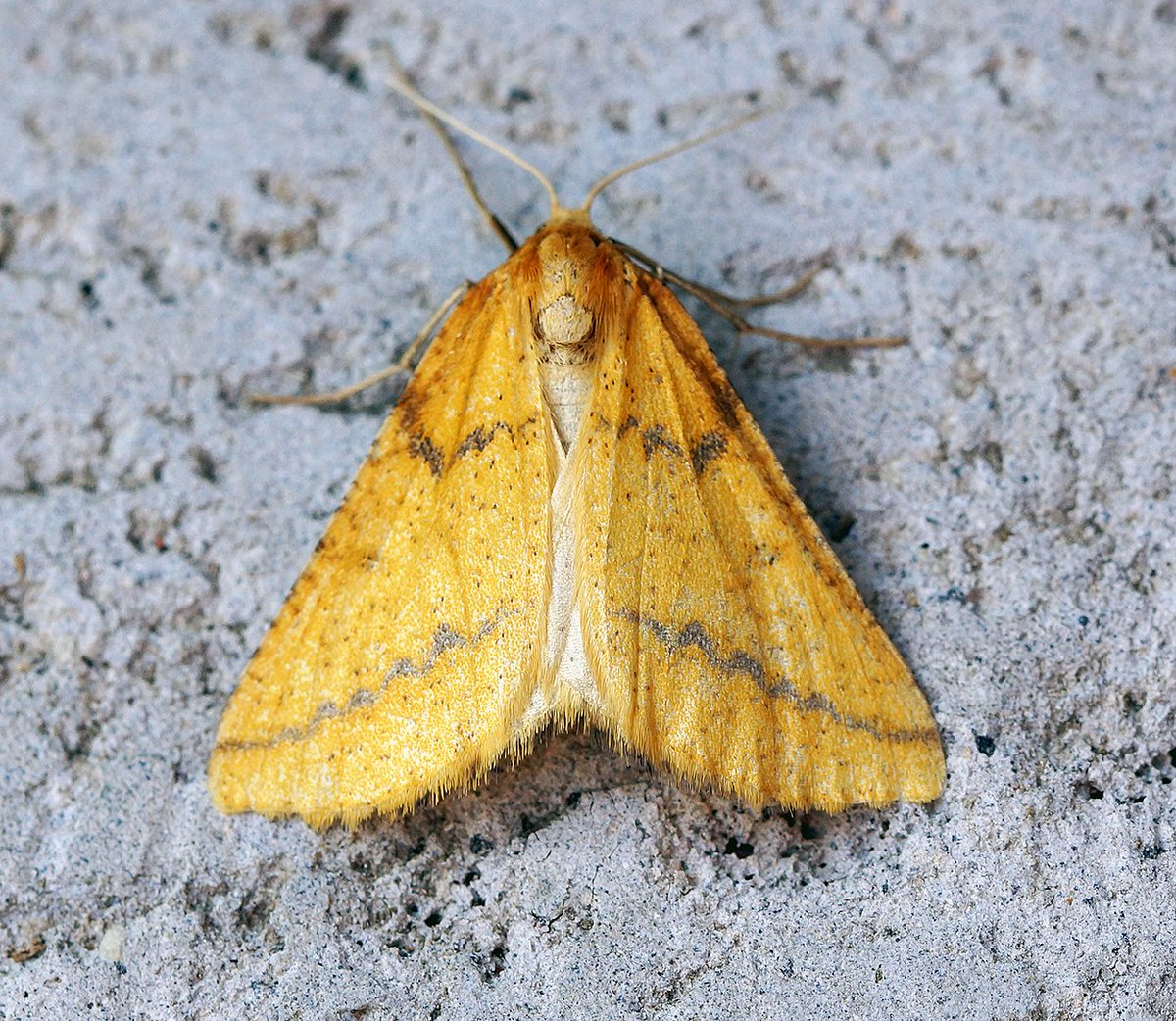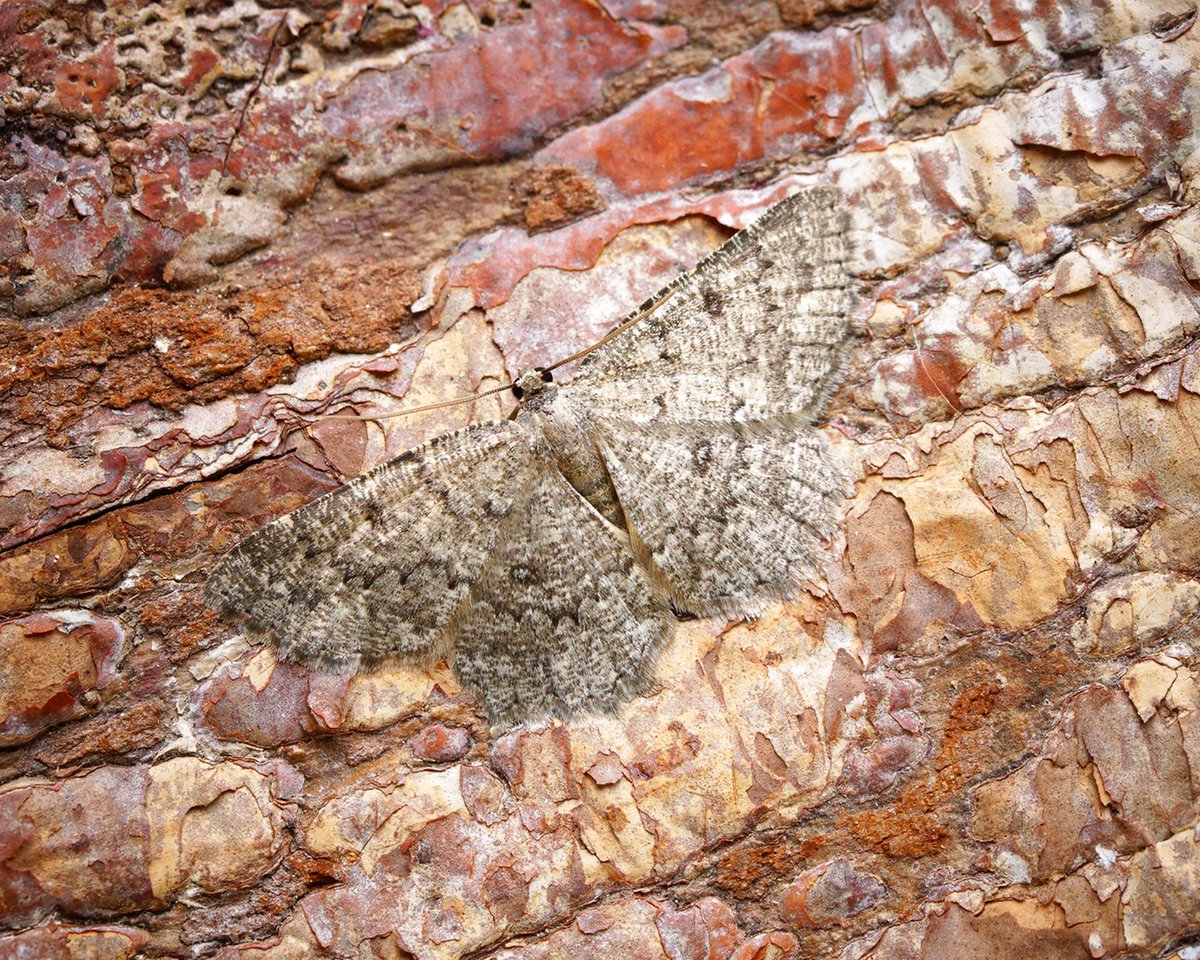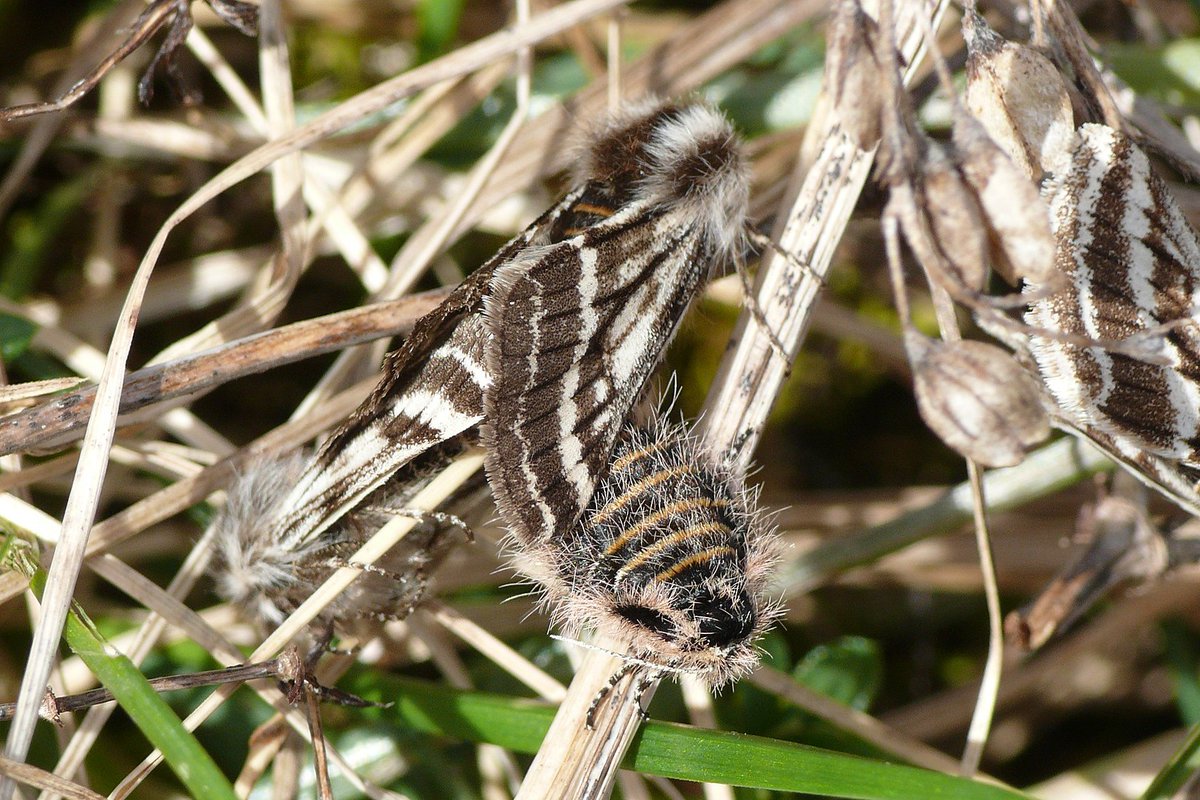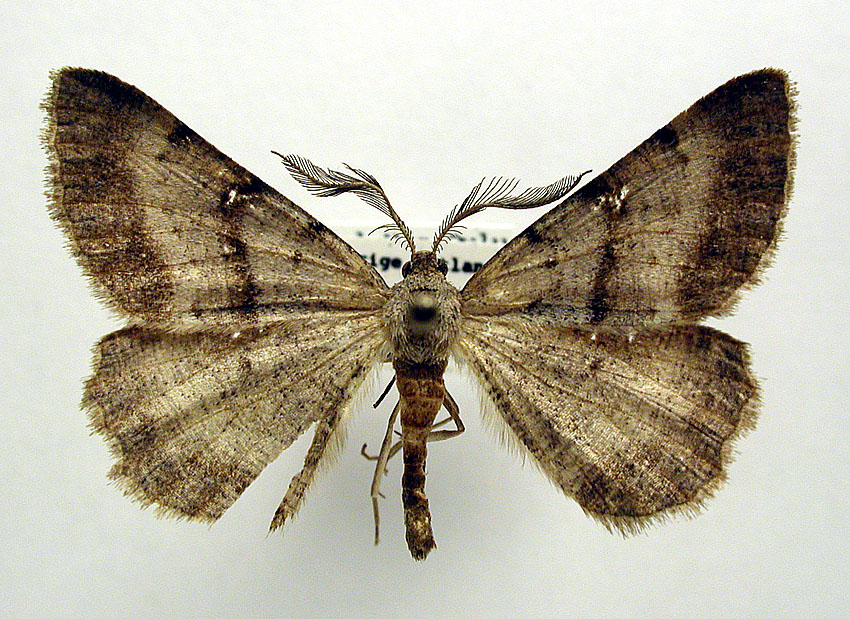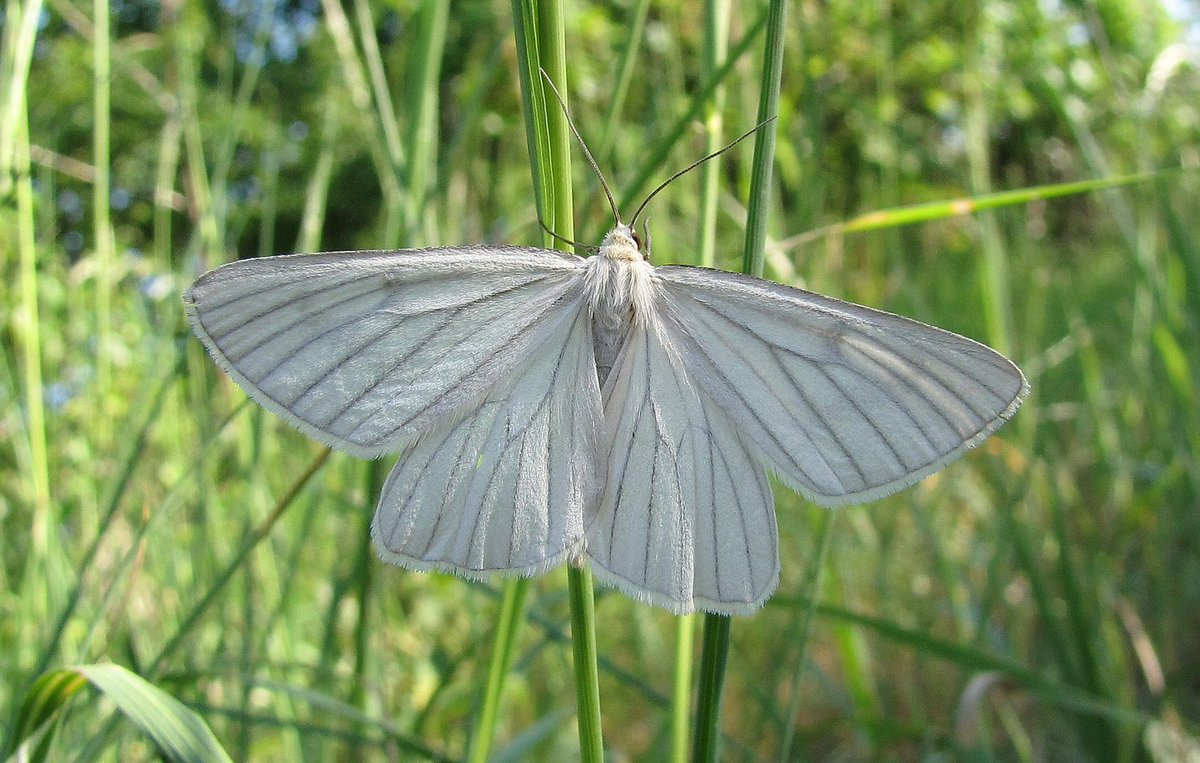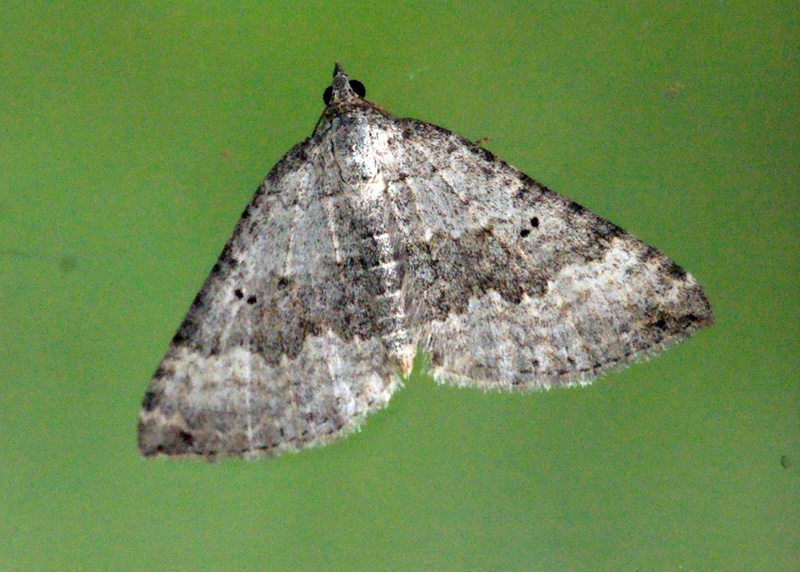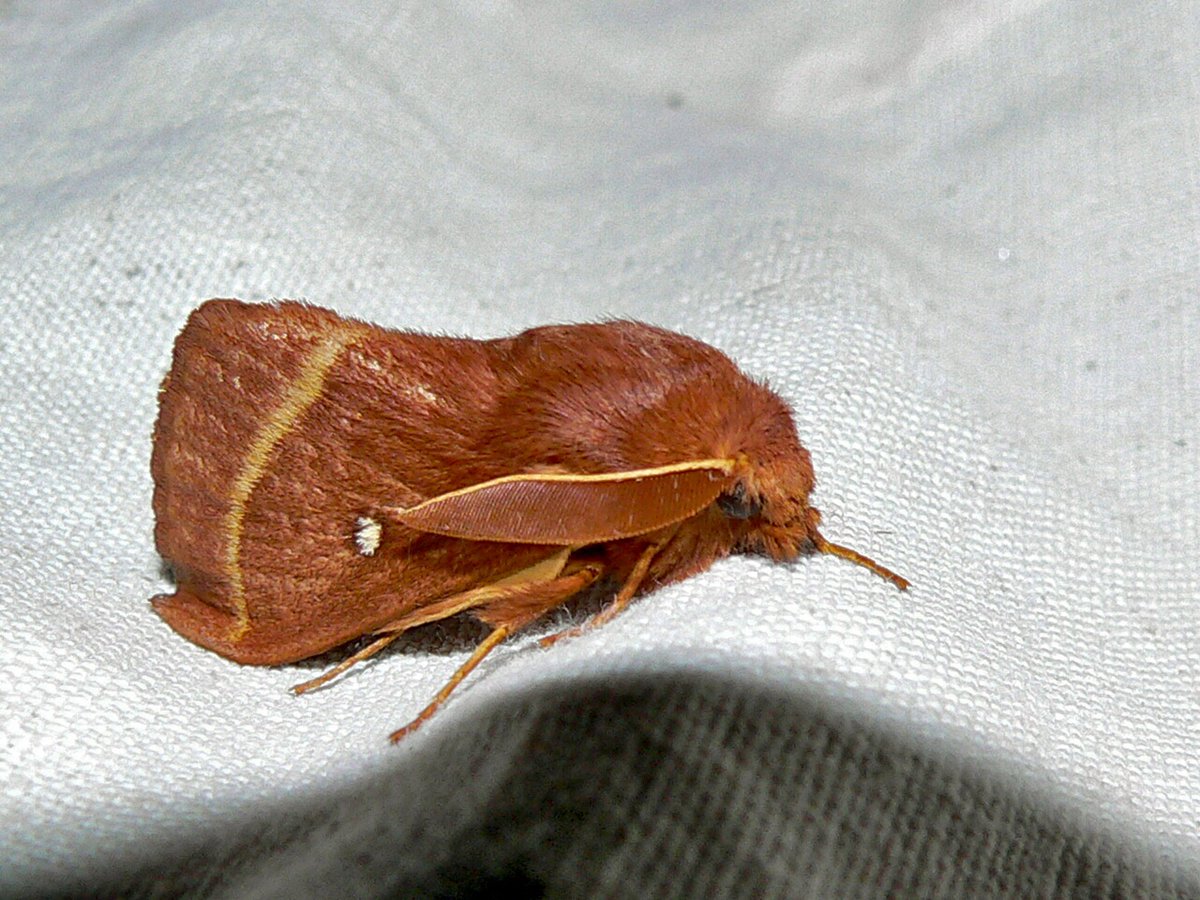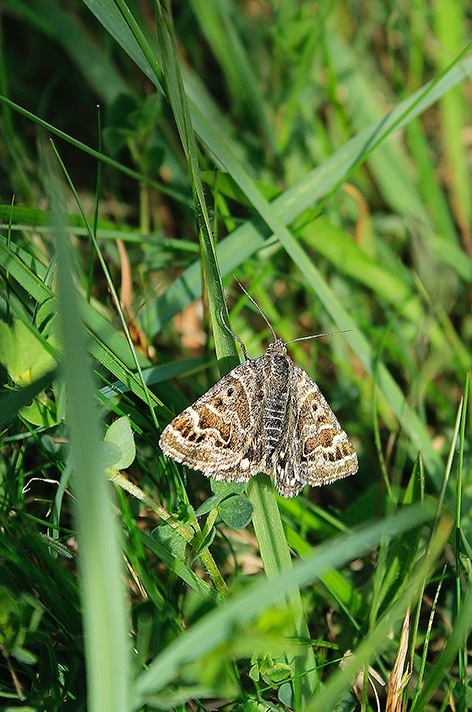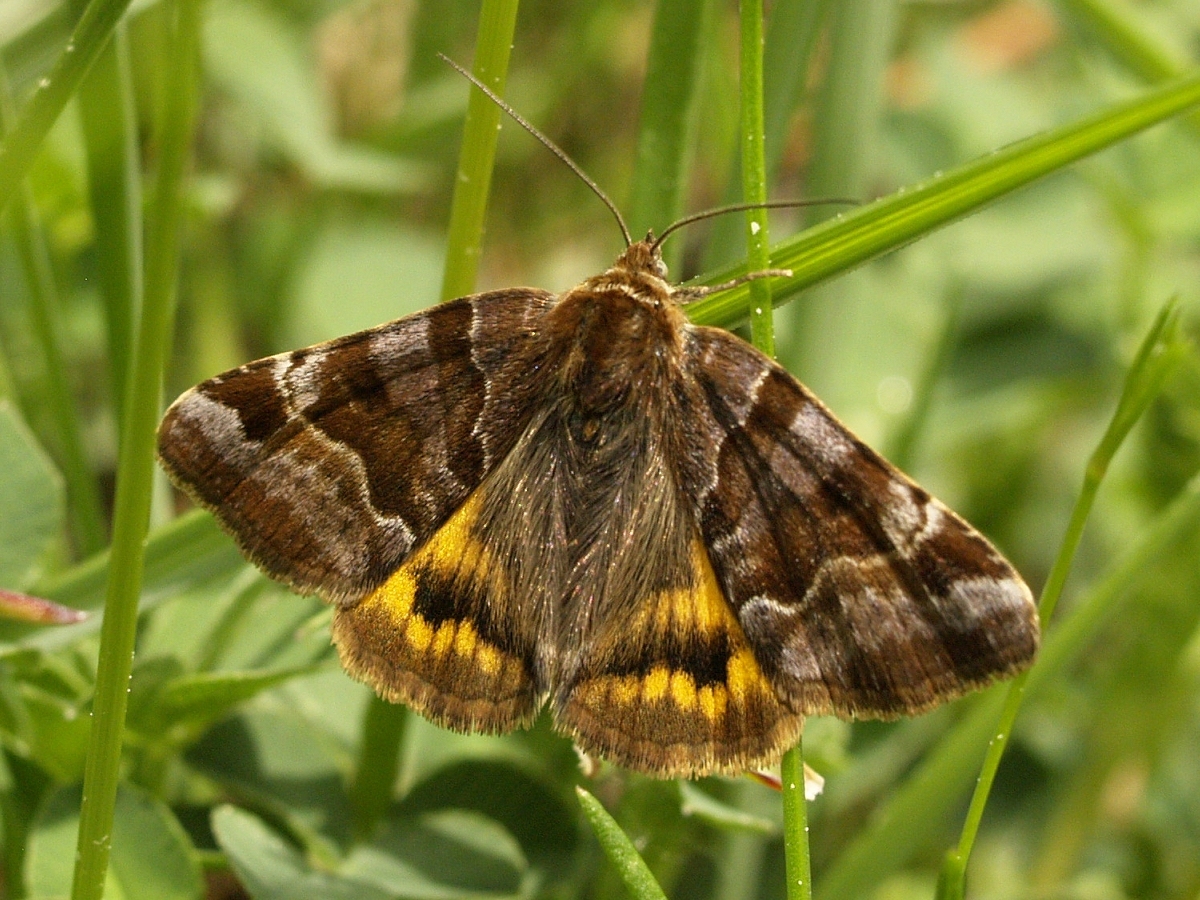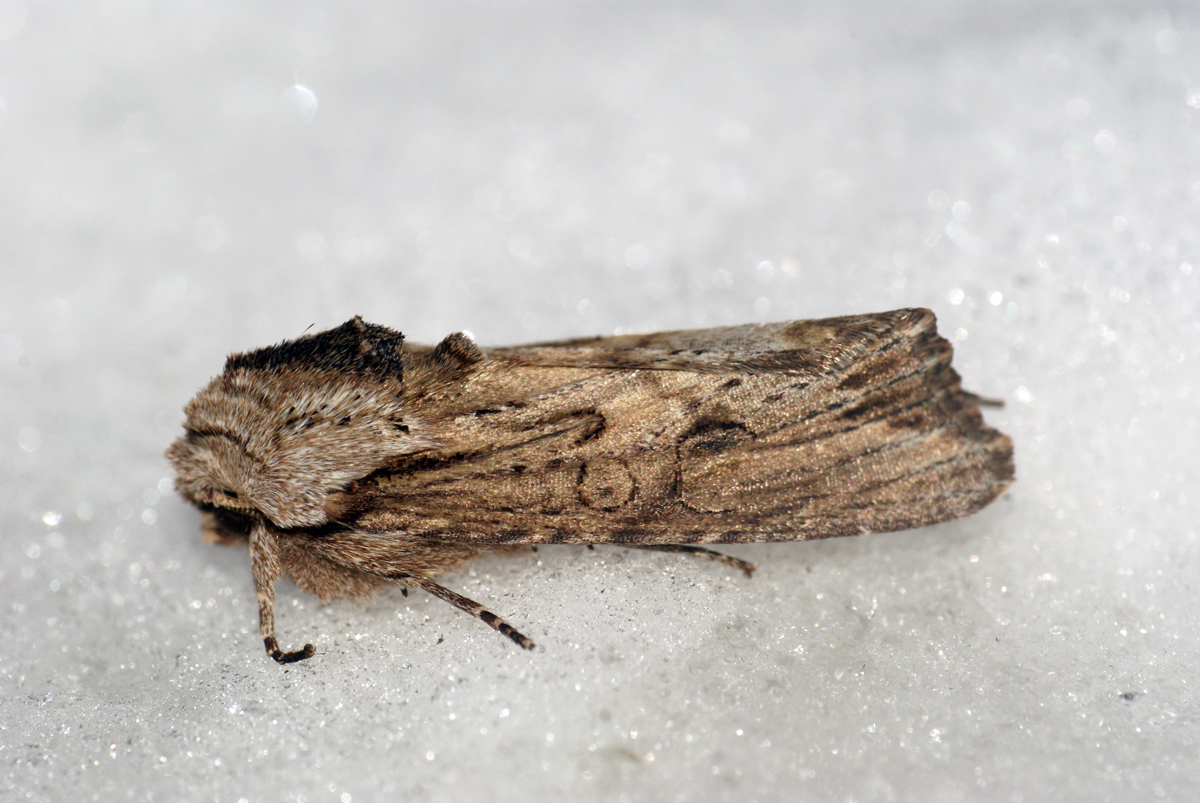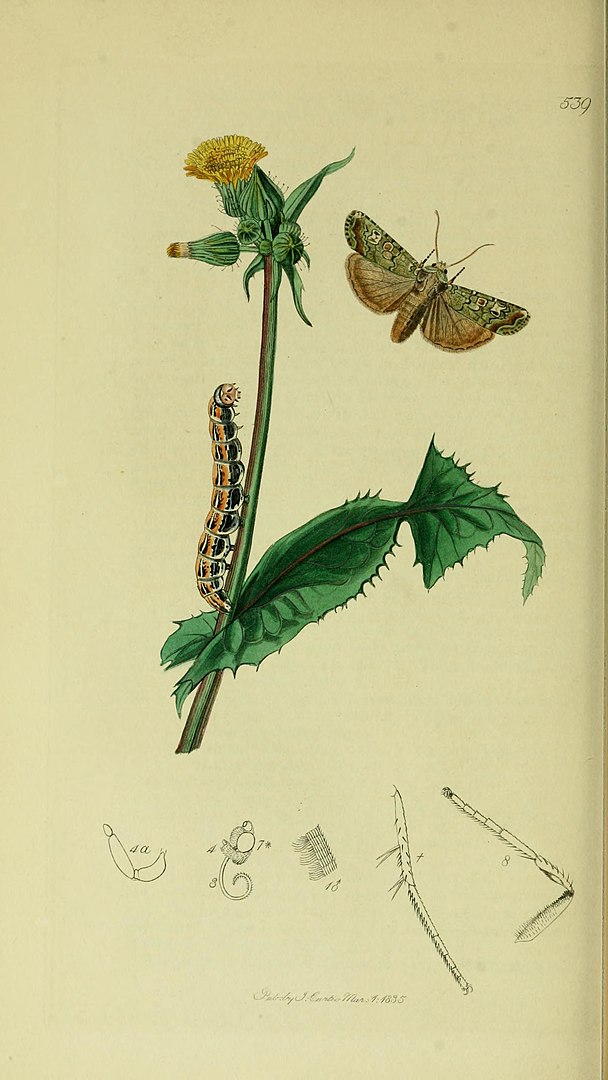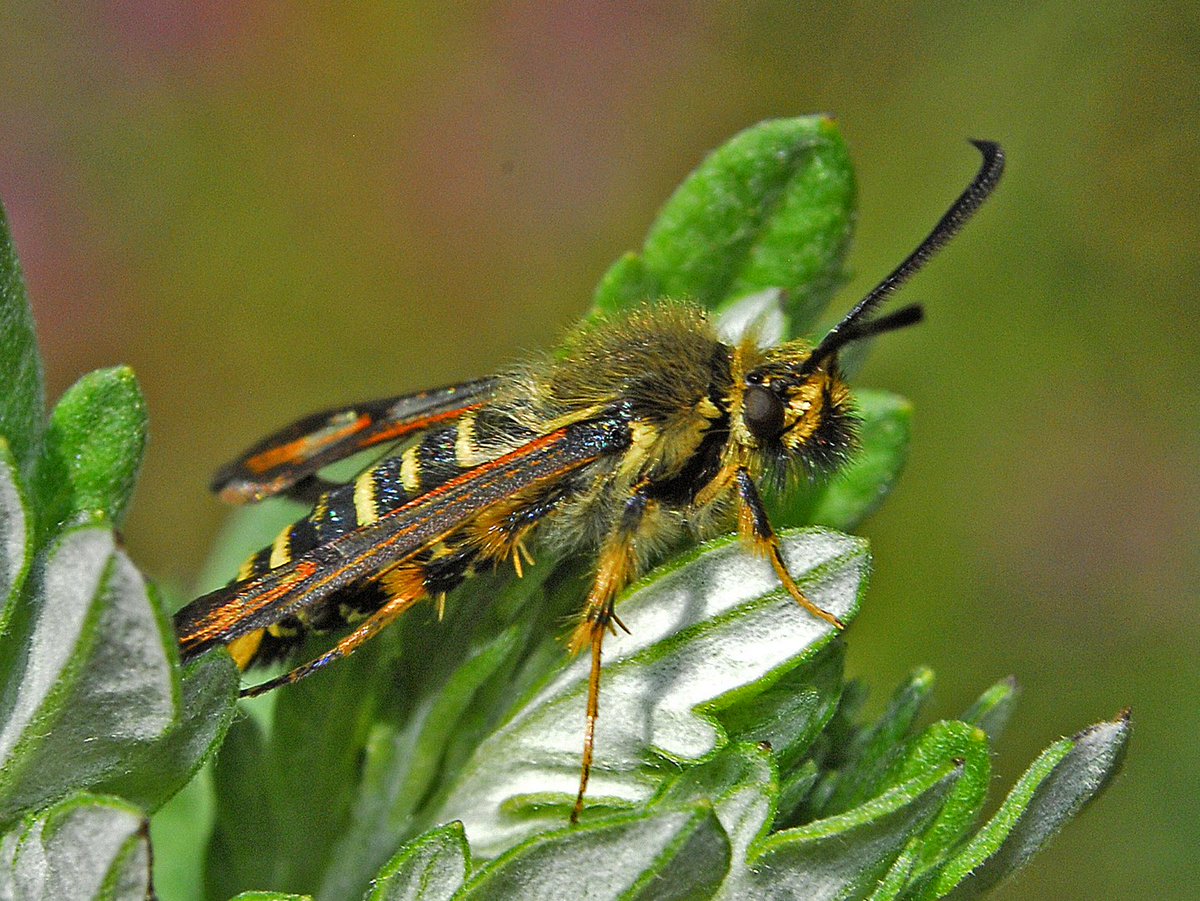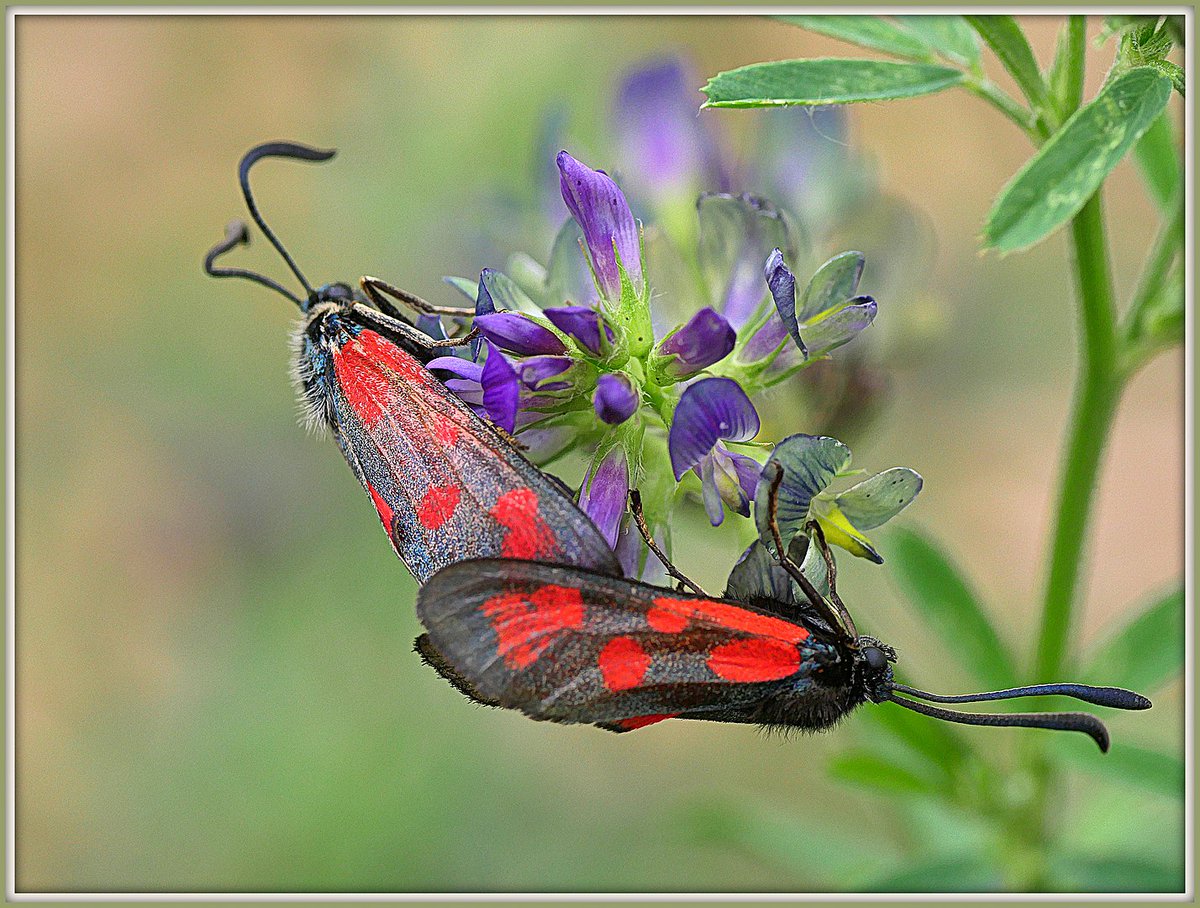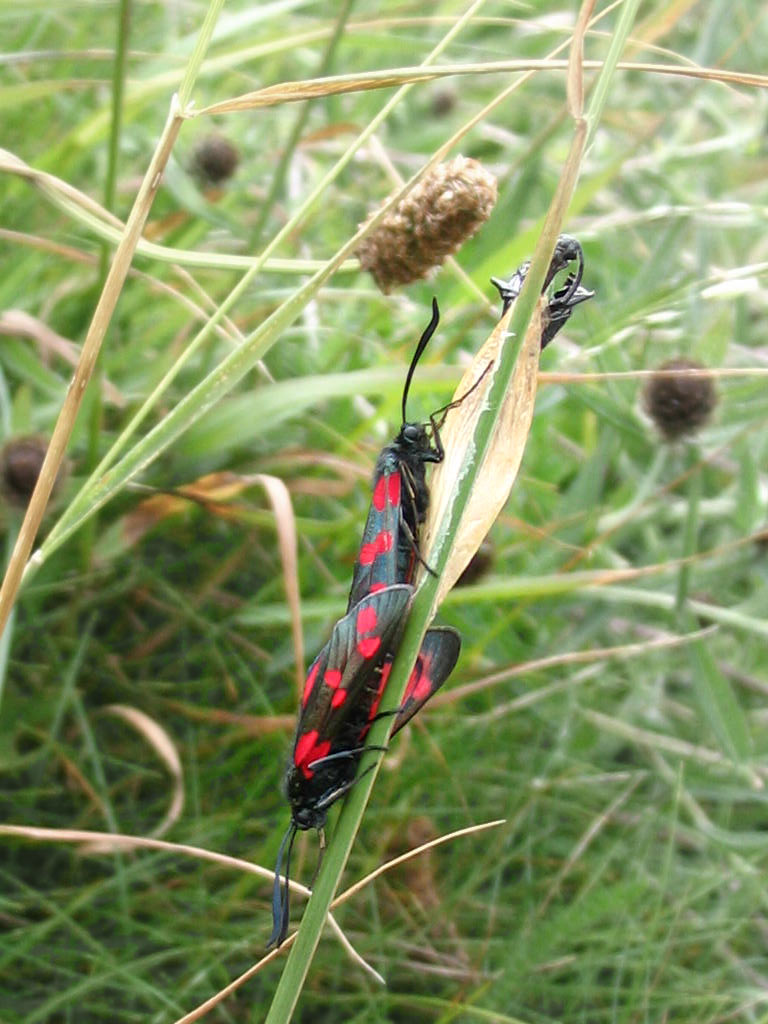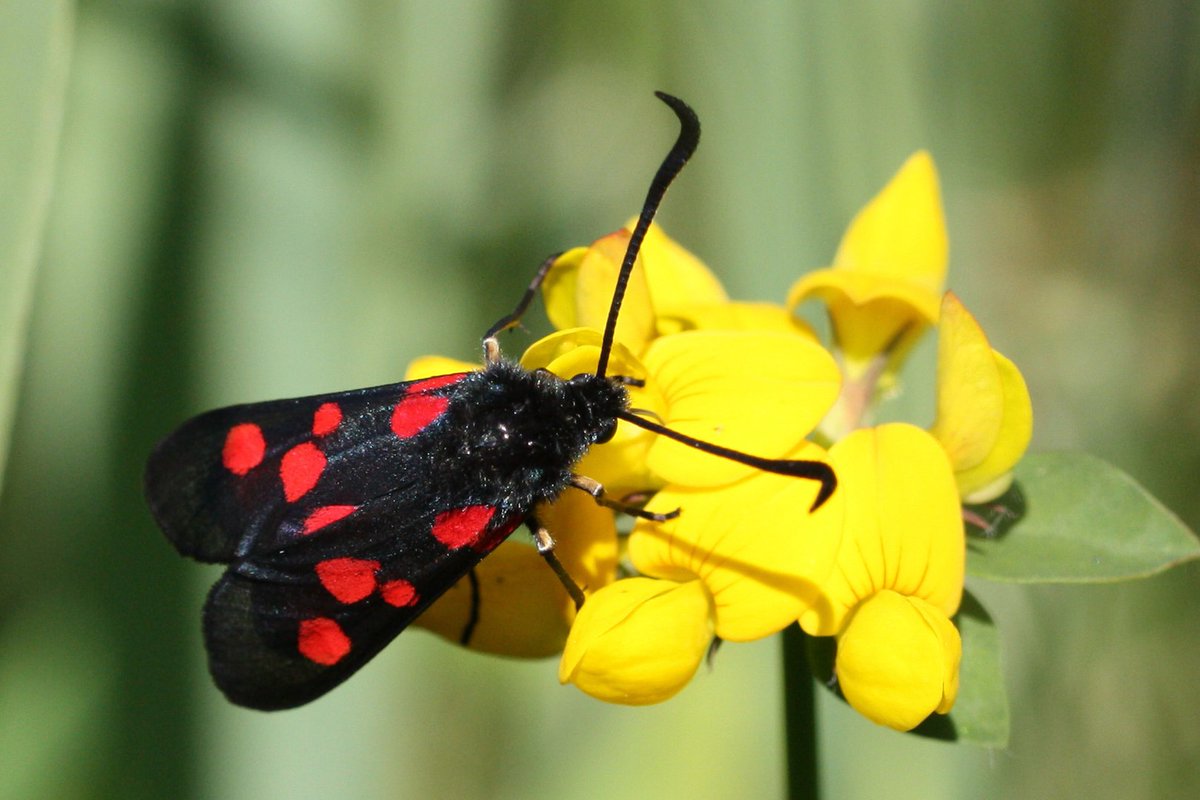Lotus corniculatus, Bird’s-foot Trefoil: 1 of 3 threads
Blooms May–Sept in grassy places, verges, short turf, meadows; reblooms rapidly after cutting.
130 dependents. Here are some of the 39 species of Macromoths it supports. Abbreviated here to BFT
@WebsWild #wildwebswednesday
Blooms May–Sept in grassy places, verges, short turf, meadows; reblooms rapidly after cutting.
130 dependents. Here are some of the 39 species of Macromoths it supports. Abbreviated here to BFT
@WebsWild #wildwebswednesday
Eilema caniola (Hubner) Hoary Footman, larvae feed on lichens & algae, but also BFT and other Leguminosae. Such and elegant genus as a whole.
Pic by AfroBrazilian,CC BY-SA 4.0
Pic by AfroBrazilian,CC BY-SA 4.0
Aspitates gilvaria (Denis & Schiffermuller) Straw Belle, favours BLT, & Fairy Flax but also found on Black Medick, Thyme, Yarrow, especially on chalk grassland and in quarries. Pic by Maite Satisteban Rivero,
GNU General Public License
GNU General Public License
Semiaspilates ochrearia, syn. Aspitates ochrearia, Yellow Belle. Usually a coastal species, it uses a variety of coastal plants, inc. Buckshorn Plantain, Sea Wormwood, Wild Carrot, as well as several leguminous species incl. Hare’s foot Clover & BFT
Pic by Ben Sale, CC BY 2.0
Pic by Ben Sale, CC BY 2.0
Charissa obscurata, Annulet, frequents a range of coastal habitats, & uses a range of coastal plants as larval hosts. They include Sea Thrift, Sea Campion, & Wild Thyme, but also leguminous species such as BLT and Kidney vetch.
Pic by Ben Sale, CC BY 2.0
Pic by Ben Sale, CC BY 2.0
Lycia zonaria, Belted Beauty, is a coastal genus with a wingless female; she lays her eggs mainly on BFT, Kidney Vetch & other legumes, as well as Creeping willow, & Burnet Rose, on dunes, links, and in the machair on the Hebrides
Pic by Harald Süpfle, CC BY-SA 3.0
Pic by Harald Süpfle, CC BY-SA 3.0
Selidosema brunnearia, Bordered Grey larvae overwinter hunkered down on the host plant, using BFT on calcareous & sand dune sites, & heathers on heath, mosses and moors. Nationally Scarce A.
Pic by M. Virtala, Copyrighted free use
Pic by M. Virtala, Copyrighted free use
Siona lineata, Black Veined Moth larvae use Marjoram, Black Knapweed, & Bird’s-foot Trefoil, as found in its typical habitat of herb-rich grassland. The partly grown larva attachs itself to grass blades. A Red Data Book species.
Pic by Engeser, CC BY-SA 3.0
Pic by Engeser, CC BY-SA 3.0
Scotopteryx bipunctaria, Chalk Carpet, depends entirely on Leguminosae as larval hosts; BFT, other trefoils, vetches & clovers, and is associated with a range of chalk and limestone habitats. Nationally Scarce B.
Pic by Ben Sale, CC BY 2.0
Pic by Ben Sale, CC BY 2.0
Lasiocampa trifolii, Grass Eggar. Nationally Scarce A. Has catholic tastes in larval hosts, depending on location, but does use BFT, Clovers, Sea Thrift & Spiny Restharrow on dunes, cliffs and shingle.
Pic by Bernard DUPONT, CC BY-SA 2.0
Pic by Bernard DUPONT, CC BY-SA 2.0
Callistege mi, Mother Shipton, which I’ve seen most often in limestone grassland up here, where the larval hosts BFT, Red and White clovers and Black Medick are abundant.
pic by me
pic by me
Euclidia glyphica, Burnet Companion, makes something of a specialism of the Leguminosae as larval hosts; BFT, Red and White clovers, Black Medick, Lucerne and Tufted Vetch
Pic by Fturmo, CC BY-SA 4.0
Pic by Fturmo, CC BY-SA 4.0
Egira conspicillaris, Silver Cloud, has somewhat catholic tastes in choice of larval host, and although its food plant is said to be unconfirmed in the UK, BFT is the first species listed by PBM Allan’s Vade Mecum, who claimed it prefers the flowers
Pic by Ben Sale, CC BY 2.0
Pic by Ben Sale, CC BY 2.0
Actebia praecox, Portland Moth. Nationally Scarce B. Found on dunes, and sandy heaths, where it uses a range of sand tolerant natives: mouse-ears, plantains, chickweeds, wormwood and BFT.
Pic from John Curtis - British Entomology, Public Domain, via @BioDivLibrary
Pic from John Curtis - British Entomology, Public Domain, via @BioDivLibrary
Bembecia ichneumoniformis, Six-belted Clearwing, uses BFT and Kidney Vetch as its larval hosts, and although their mother may lay her eggs on above ground parts, the larvae feed on the roots
Pic by Hectonichus, CC BY-SA 4.0
Pic by Hectonichus, CC BY-SA 4.0
Zygaena loti, Slender Scotch Burnet, females often nectar at BFT – she chooses shorter, less vigorous plants as a larval host, in grazed turf, on disturbed ground, or on sunny south facing slopes on Mull and Ulva.
Pic by Rolf Dietrich Brecher, CC BY 2.0
Pic by Rolf Dietrich Brecher, CC BY 2.0
Zygaena filipendulae, Six-spot Burnet, and
Zygaena trifolii, Five-spot Burnet.
Both species use BFT as a larval host.
Left: 6-spot by Cmglee, at English Wikipedia, CC BY-SA 3.0
Right: 5-spot By Charles J Sharp, from Sharp Photography, CC BY-SA 4.0
Zygaena trifolii, Five-spot Burnet.
Both species use BFT as a larval host.
Left: 6-spot by Cmglee, at English Wikipedia, CC BY-SA 3.0
Right: 5-spot By Charles J Sharp, from Sharp Photography, CC BY-SA 4.0
My primary references are The Field Guide to the Moths of Great Britain and Ireland, Paul Waring, & Martin Townsend, Illustrated by Richard Lewington, and Larval Foodplants, A Vade-Mecum for the Field Lepidopterist, PBM Allan

 Read on Twitter
Read on Twitter